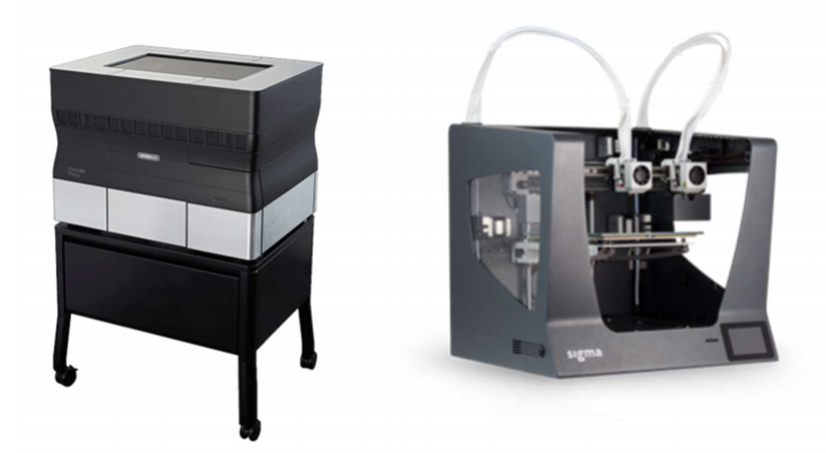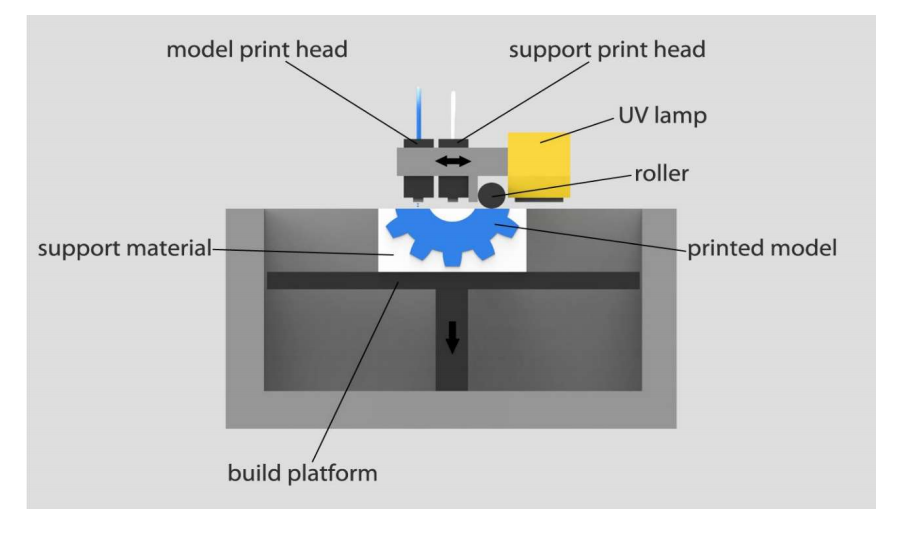Saimaa University of Applied Sciences thesis student, Daniil Levchenko, explores the capabilities of complex 3D printing in ‘Design of a Hydraulic Pump for Construction with Additive Manufacturing Tools.’ While was and is well aware of some of the more exaggerated claims often made regarding the magic of 3D printing, Levchenko dedicated his thesis to examining the potential for fabricating a hydraulics system.
Levchenko’s focus is on prosumers, a group of users operating at the more advanced level in AM processes. The initial step was to outline what would be required for the hydraulics unit, and then begin examining the options for materials. After that, the researchers would design the pump, create a 3D model, 3D print the parts, and hopefully, test it in a lab.
“The idea of this study takes its origins in an article dedicated to a project of a group of engineering students from the University of Rhode Island,” states the author. “They designed, constructed, and tested a stabilization platform that would allow them to negate turbulent sea conditions and to use a 3D printer on-board. As one of the students specified, the project was directed to aid work of research ships that were located far from shores and might be needed for timely replacement of any piece of equipment.”

Stratasys Object30 Prime (on the left) and BCN3D Sigma (on the right) (BCN3D Technologies 2019 & Stratasys Ltd. 2016)
The three-month study was made up of two different parts: theoretical, and then a discussion/conclusion. Testing was performed on a Stratasys Objet30 Prime and a BCN3D Sigma 3D printer, with thermoplastic polymers chosen as the material, and tested regarding how it would mix with oil.
There were many obstacles encountered during the study, and the hydraulic pump was not completed. While the CAD model of the external gear pump was designed, the project was brought to a halt indefinitely due to complexities with the motor and then lack of a successful PLC-based controller circuit. There were time constraints on the brief three-month project too, with the study finally ending when neither parts for the pump-motor assembly or construction of the piece were coming to fruition.
And although there was not an actual product to show for the research, Levchenko still sees the system as promising for developing areas where devices can be created on-site and on-demand; in fact, such pumps could offer critical services in rural or isolated geographies, especially with an accessible, mobile 3D printer that could fabricate affordable parts for wells and other machinery like hydraulic levers.
“The results of the theoretical study could have been implemented in a real-life model build with printers provided by the university. To the greatest regrets of the author, the conditions of the available machines required maintenance and they could not be used for concurrent construction. It should be possible to recreate the designed pump and test in laboratory conditions to acquire actual empirical data about its performance and reliability and to the overall applicability. It would also prove the viability of the concept,” concluded Levchenko.
“Another field to enlarge and improve this study could be the widening of the spectrum of the assessed materials and manufacturing techniques. An assumption of the author is that consideration and usage of selective laser sintering technique may greatly aid design freedom and the final properties of the pump. The technique is capable of creating geometries with good tolerances and surface tolerances.”
3D printing has been used in the design and fabrication of many different parts and systems to aid in helping developing countries and individuals in isolated areas, from the creating of manifolds to other hydraulic development and customized robotics. What do you think of this news? Let us know your thoughts! Join the discussion of this and other 3D printing topics at 3DPrintBoard.com.
[Source / Image: ‘Design of a Hydraulic Pump for Construction with Additive Manufacturing Tools’]
The post Additive Manufacturing Could Prove Promising in Development of Hydraulic Pumps appeared first on 3DPrint.com | The Voice of 3D Printing / Additive Manufacturing.




113 Replies to “Additive Manufacturing Could Prove Promising in Development of Hydraulic Pumps”
Comments are closed.